How to Talk to Kids About Sexting: Legal and Lasting Consequences
Understanding the laws and risks surrounding sexting
JUL 07, 2022
How to Talk to Kids About Sexting: Legal and Lasting Consequences
Understanding the laws and risks surrounding sexting
Researchers surveyed over 110,000 kids (ages 11-17) and found that more than 1 in 7 kids had sent a sext and more than 1 in 4 had received one.
In other words, kids are highly likely to have first-hand experience with sexting.1
The time to start talking about sexting is now.
In conversations with the LAPD, Gabb researchers were told that very young children regularly participated in sexting before they could even understand that the images were even sexual (N., Sherman, Officer (2022). Personal communication [phone]).
As a parent, being open with children about sexting can open the door to conversations if and when it happens.
What is Sexting?
Sexting refers to sending sexually explicit photos or videos through a digital device. While the word combines “sex” and “text,” sexting doesn’t just happen through SMS messages.
Any communication platform—including WhatsApp and Snapchat—can be used.
While fewer teens are having sex (41% vs. 47% several years ago), sexting is becoming more common.1 Compared to 2009, teens today are 15% more likely to receive a sext message.

Why Sexting is Dangerous
Sexting is incredibly risky in terms of the impact on wellbeing as well as potential legal ramifications.
Kids rarely understand the notion of “digital permanency,” that an image or video shared can be accessed forever.
A child cannot fully comprehend that a sext intended for one person has the potential to be shared with friends, family, schoolmates, and co-workers.
What Kids Don’t Understand about Sexting: The Potential Dangers
- Digital Permanency: Images and video will remain online forever
- Viral Impact: Private images can be widely distributed to large audience
- Online Predators: Shared online photos can attract predators who may victimize the sender
- Revenge Porn: After a breakup, images can be posted online out of spite
- Sextortion: Shared photos are commonly used to blackmail children
Once a child has hit the send button, they no longer have control over what happens to their photos. Everything sent online is online forever.
The recipient might send these images to a friend who then re-shares them. Pretty soon, the intimate images sent in confidence have become viral for all to see.3
Even in committed relationships, sexting can still be risky.
When a couple breaks up, hurt feelings may ensue, and images sent during the mutual relationship can be publicly posted online. This is called revenge porn and it happens every day.
In fact, 1 in 12 youth have had a personal sext forwarded to someone else without their consent.4
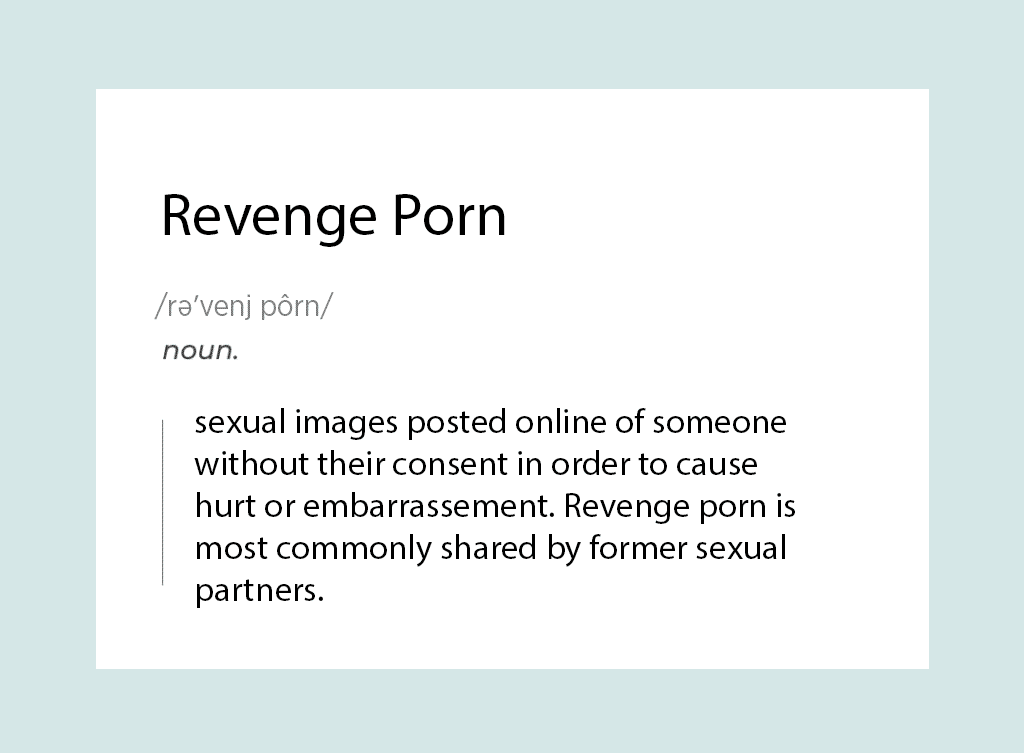
Sexting can also lead to sextortion—when one person threatens to share sexual content of someone else as blackmail.
The perpetrator might ask for money, sexual favors, or for more photos. No matter what the request, it will be a traumatizing experience.3
Even disappearing messages, the kind Snapchat touts, aren’t completely safe.
Sexts are only a screen shot away from living forever on someone else’s phone. Furthermore, these images will always live on Snapchat’s internal servers, visible to anyone with access.
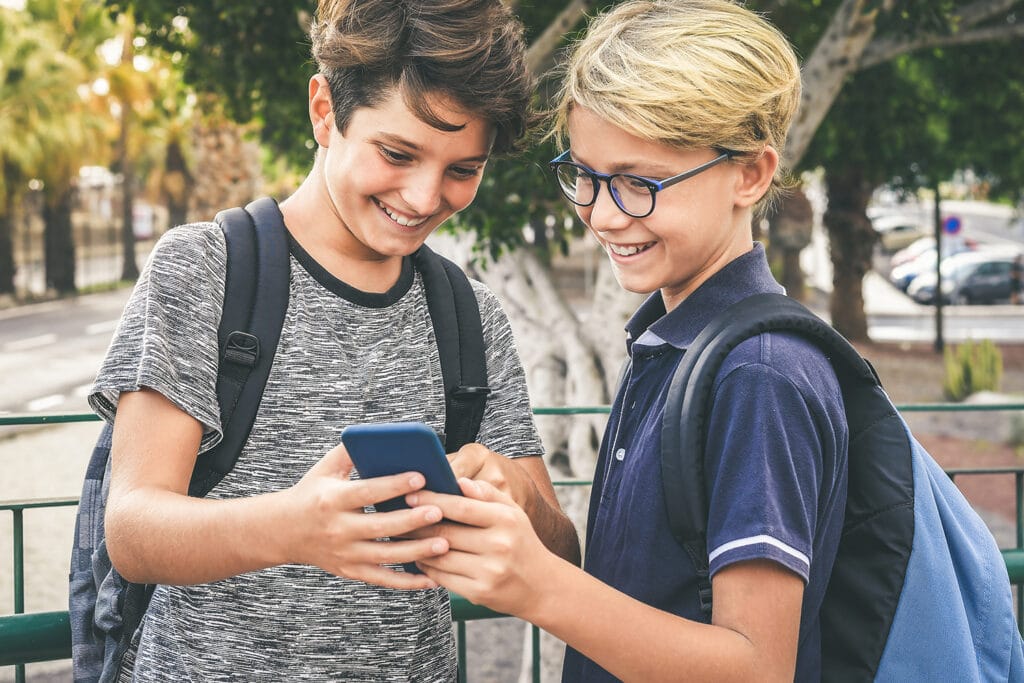
Sexting laws
Besides being dangerous, sexting can also get kids in trouble with the law. Whether a child sends or receives images, they are illegal under federal, and many state, laws.
Even if the sender and the recipient are minors, the law still doesn’t allow for it. Under federal law, a 16-year-old who asks for nude pictures from a love interest could still be prosecuted.
Other states have also passed laws prohibiting sexting, classifying it as child pornography regardless of whether the sexts were sent and received with consent.5
Furthermore, just because a state doesn’t have a law against sexting, doesn’t mean a kid can’t get in trouble.
In many states without specific sexting laws, adults and minors can be charged with creating, possessing, or distributing child pornography or sexual exploitation of a minor.6
How to Talk to Your Kids About Sexting
Because of the prevalence of sexting among adolescents, it is important that parents talk to their children about it.
As soon as a child has access to a device with a camera, they are at risk of receiving or sending sext messages.
Honest conversations
Experts recommend the benefit of “sex positive” conversations between parents and children. These discussions are most helpful when they are non-shaming, honest, and open.
The American Academy of Pediatrics highlights your vital influence. “Your children will learn many things about the world from friends, movies, TV, music, books, magazines, and the Internet.
However, when it comes to something as important as sex and sexuality, nothing can replace the influence of a parent.” 8
Parents can empower children in age-appropriate ways. Asking a child how they would feel if someone sent them a nude photo is a great place to start.
Conversation Starters about Sexting
Ages 4-8
Never take a picture of yourself without any clothes on. If someone asks you to do that, come and let me know right away.
You won’t be in any trouble. I’ll help you know what to do so you can stay safe.
Ages 8-12
Sending naked pictures of yourself to other people is called sexting. Have you ever heard of any of your peers doing that? Why do you think someone would sext?
As you get older, you might get sexts or someone might ask you to send them sexts. If this ever happens, will you turn your phone off and bring it to me? I’ll help you stay safe and know how to respond.
Ages 13-17
What do you know about sexting? What are some of the risks and dangers that make it a bad idea? If someone requested or sent a sext to you, how would you respond?
If this ever happens, will you come and talk to me about it? I won’t freak out, but I’d like to stay in the loop and help you stay safe.
It can be more complicated when kids get older. They are naturally curious about sex as they begin to mature. In particular, when they hear about friends sexting, they may wonder what the big deal is or want to join in.
Sexting can be alluring for a kid when someone is romantically interested in them. They might feel pressured to share sexual pictures of themselves, viewing the benefit of keeping the person interested as outweighing the risks.
For these reasons, it’s crucial to have more robust discussions about sexting with older kids.
When having these conversations (because a single talk isn’t enough), keep the following principles in mind.
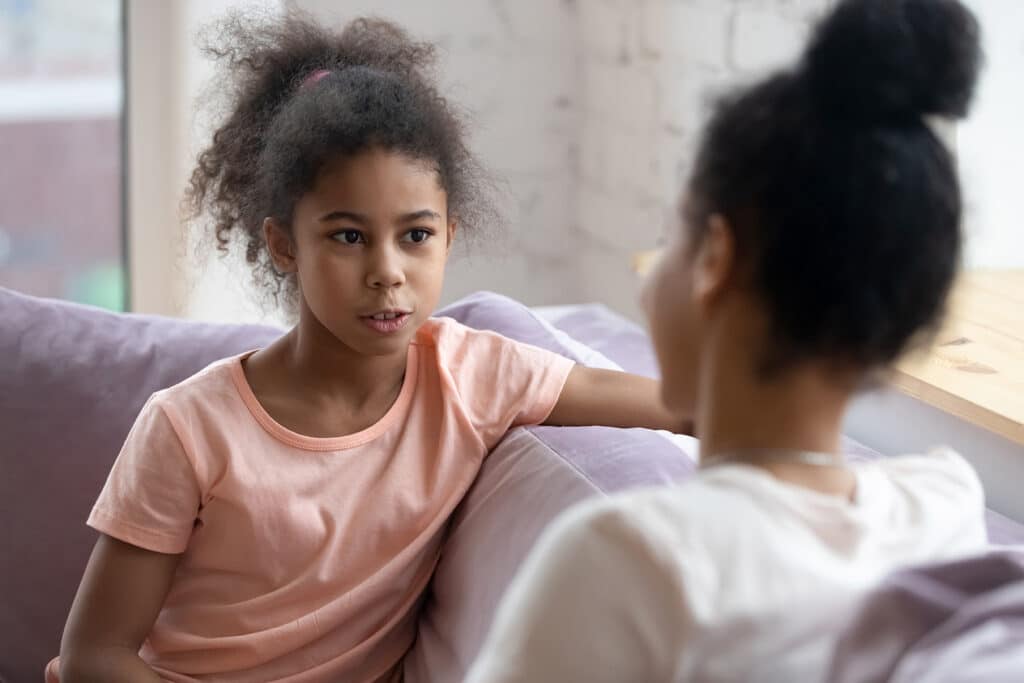
Listen
Demonstrate active listening by asking open-ended questions like:
- What have you heard about sexting?
- Why do you think someone would send a sexual picture of themselves?
- Do you think any of your friends have ever sexted?
- How do you feel about that?
These are not only great ice breakers, they can teach a lot about your child and guide the rest of the conversation.
Kids will be more likely to really hear you when you listen to them first. Before expressing your opinion, experts recommend that you start by asking kids what they think.2
Love
Talk about what it really means to love someone. Help kids understand that love is more than a physical feeling of attraction, but a sense of respect and concern for another person.
You can discuss love and respect in terms of sexting by asking questions like:
- What do you think are the motivations of someone asking you for a sexual picture of yourself?
- Do you think there is ever a place for sexting in a relationship?
- How could you respond to such a request in a way that shows respect for yourself?
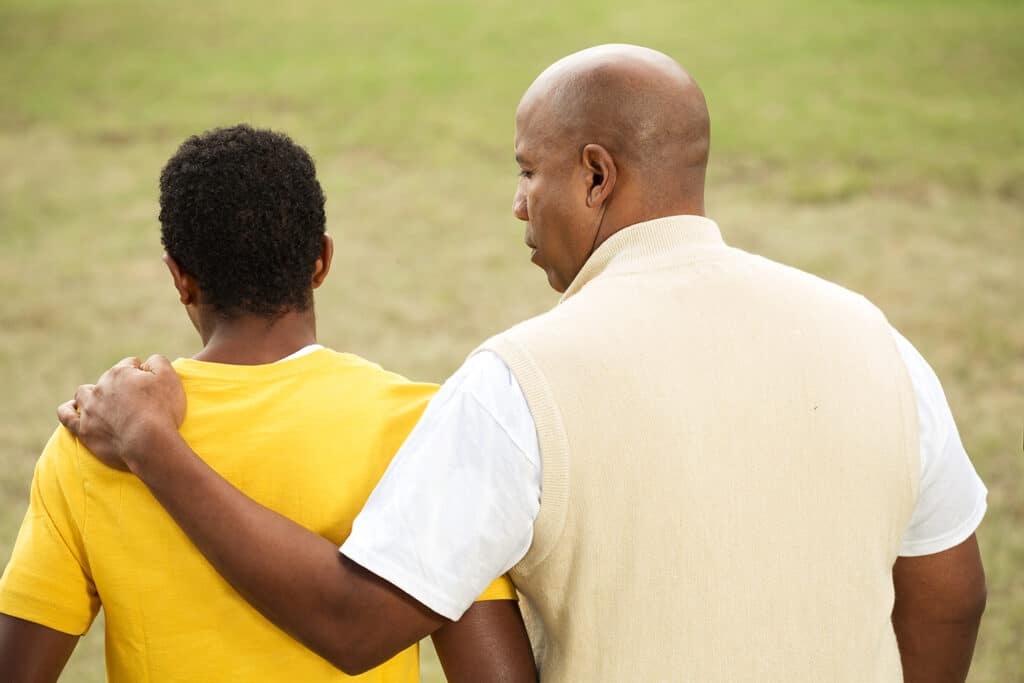
Educate
Help your children understand the dangers of sexting. Ask them to consider the possible consequences of sending sexual pictures of themselves. Clarify and highlight what revenge porn and sextortion are.
Consider questions like:
- How might sexting go wrong?
- How would you feel if you sent an intimate picture and it was shared with other people?
- What do you know about revenge porn?
- What do you know about sextortion?
- How can you protect yourself from these risks?
Teach them to never share sexual images of another person, especially if they don’t have that person’s permission.
Among youth, 1 in 8 have sent a sexual photo of someone without their consent.4
Oftentimes, kids who do this don’t realize what they’re doing is wrong or the deleterious effects it can have on victims. Educating them can not only keep them safe, it can help keep their peers safer too.
Assure
Be open with your children about your love for them. Let them know that you will support them no matter what.
Share that sextortion and other forms of partner abuse usually get worse when kept secret.
Many young people feel more comfortable when their parents have promised that they won’t get upset or “freak out” if the child ever comes to them for support.
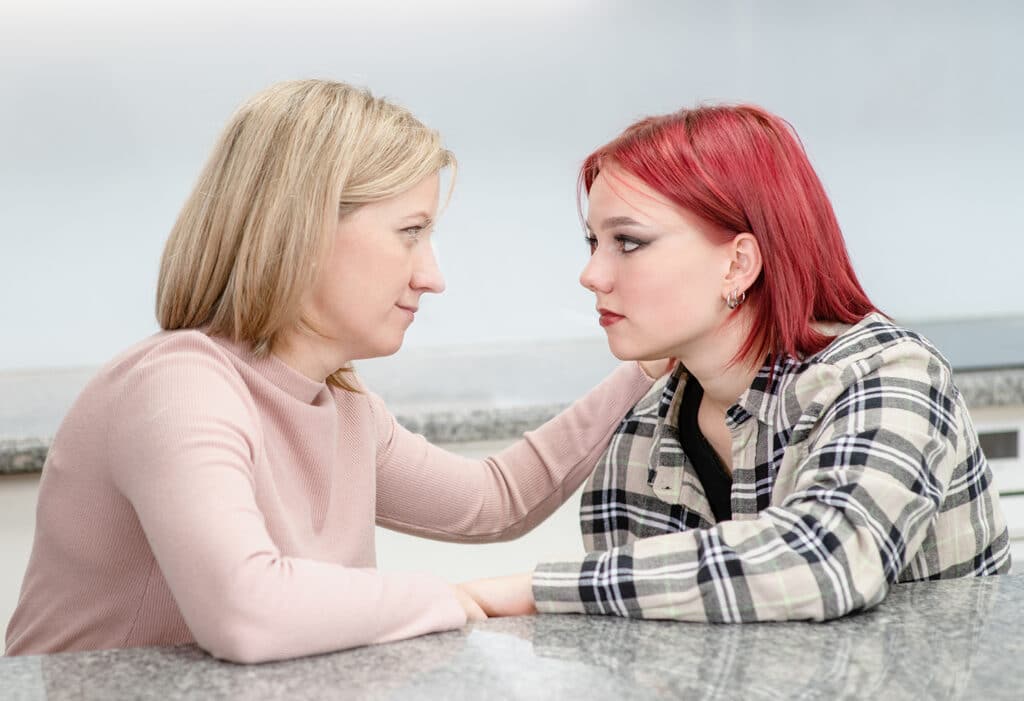
Digital Citizenship Can Help
Digital citizenship is all about acting in a respectful and responsible way when using digital platforms.
When kids are good digital citizens, they have a better chance of thinking carefully about all their online interactions and may be less caught up in the moment.
Learn more about how to help your child stay safe online and become a good digital citizen by signing up for the monthly newsletter at Gabb Family Resources.











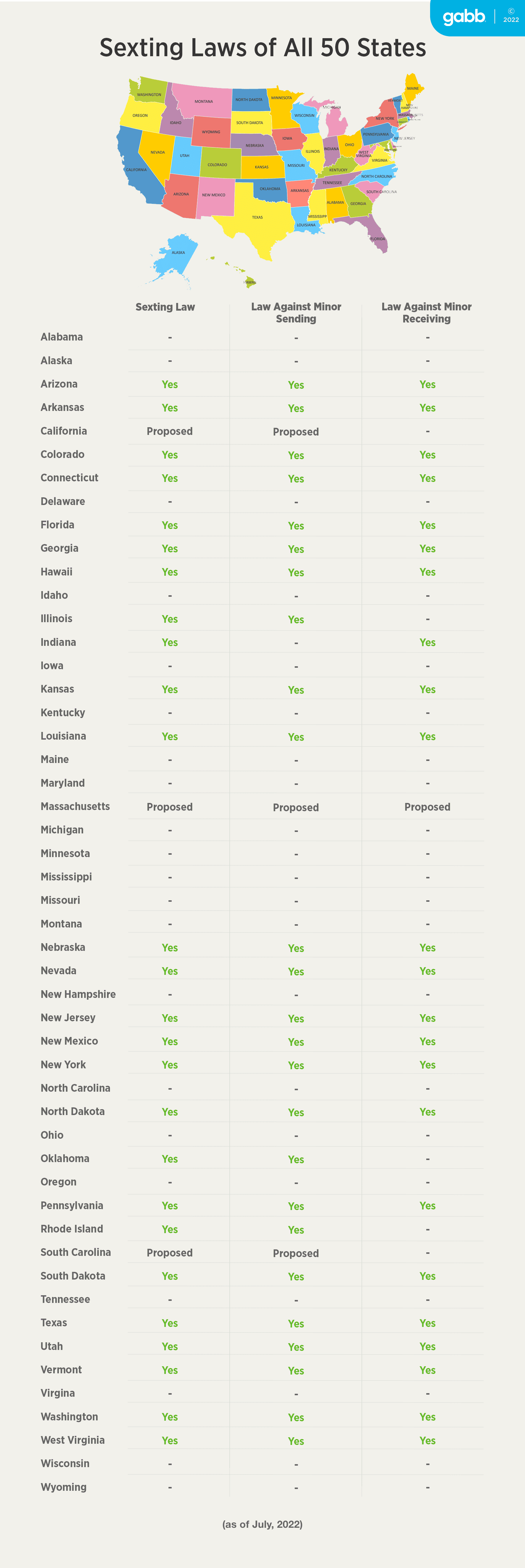

Success!
Your comment has been submitted for review! We will notify you when it has been approved and posted!
Thank you!